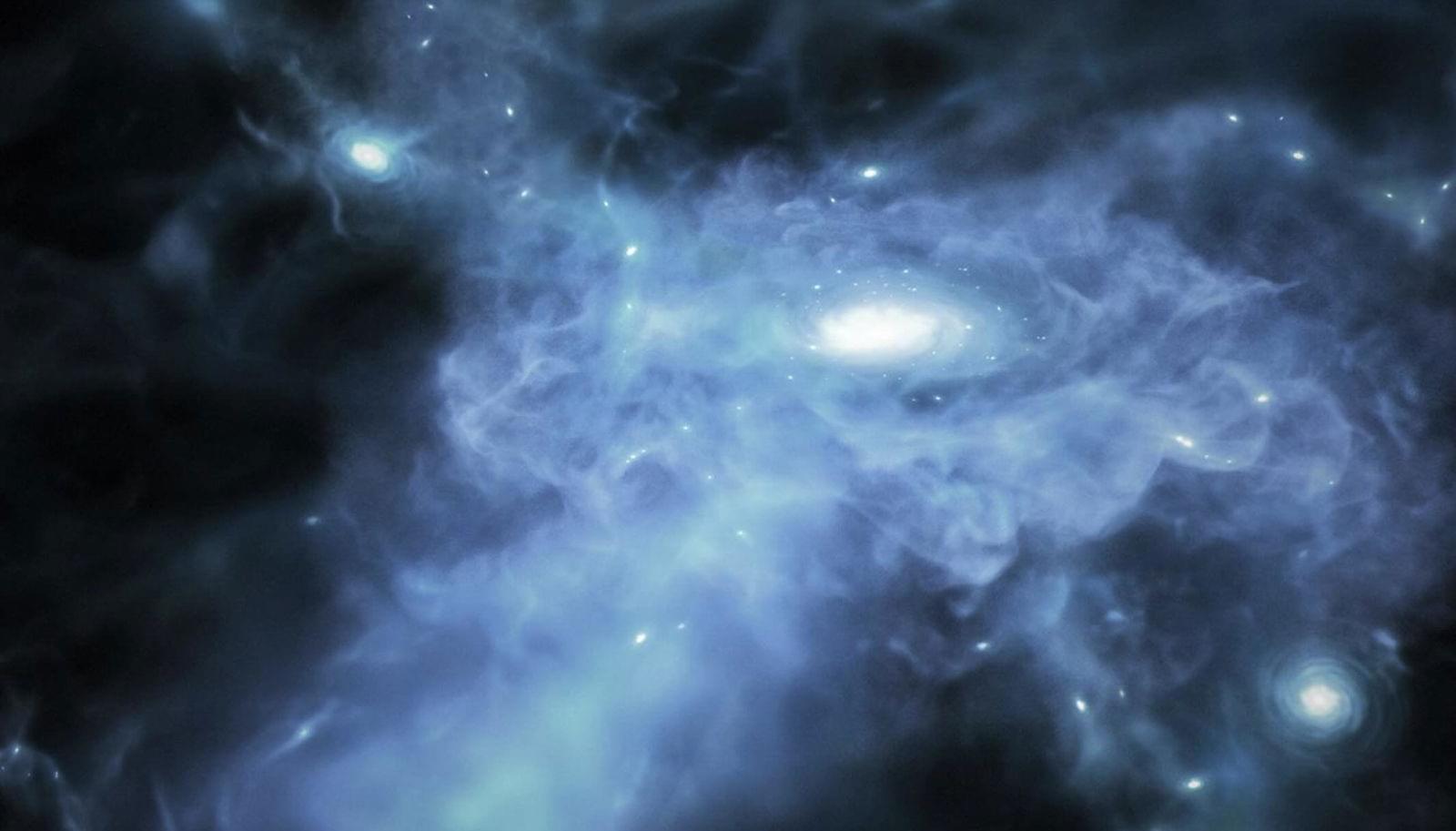Interstellar travel, warp drive, faster than light travel, warp bubble, Alcubierre drive, NASA warp drive, space-time distortion, light speed travel, how warp drives work, real warp technology, warp propulsion system, warp drive explained, warp bubble discovery, warp engine future, future of space travel, next-gen propulsion, quantum space travel, NASA future engines, faster than light propulsion, warp speed engine, interstellar propulsion, warp field theory, realistic warp drive, time-space bending, warp drive research, space compression engine, warp bubble formation, speed of light engine, space travel breakthrough, quantum warp physics, NASA Alcubierre experiments, faster than light spacecraft, space engine of the future, science behind warp travel, future space engines, advanced propulsion systems, faster space travel, interstellar engine, AI warp technology, warp speed concept, deep space propulsion, warp travel possibility, future of interstellar travel, warp field generator, warp drive simulation, space-time technology, warp engine design, warp travel physics, NASA advanced propulsion, light speed technology, interstellar drive, futuristic space missions, quantum warp theory, interstellar exploration, Alcubierre theory explained, faster than light speed real, warp drive new update, is warp drive real, warp energy system, interstellar ship design, future starship propulsion, warp travel 2025, theoretical warp engine, quantum warp bubble, warp travel breakthroughs, warp vs hyperspace, faster than light reality, space-time folding, next-level propulsion tech, how warp bubbles work, warp field strength, warp engine NASA, intergalactic travel system, warp propulsion lab, faster than light theories, dark energy space travel, warp drive potential, NASA warp tests, AI in warp design, building warp field, interstellar future tech, light speed drive, quantum drive system, warp field breakthrough, realistic warp bubble, future propulsion technologies, warp physics 2025, space exploration engine, space future transport, human warp travel, light barrier propulsion, warp core explained, breakthrough warp news, futuristic space travel engine, hyperspace physics, gravity drive future, starship warp engine, warp field propulsion, advanced space engine, warp travel truth, real warp space engine, warp research 2025, NASA space warp news, interstellar velocity tech, how close is warp drive, warp travel secrets, build warp bubble, real future propulsion, interstellar propulsion systems, future warp experiments, antimatter warp engine, NASA interstellar roadmap, theoretical space travel, faster than light breakthrough, bending space travel, advanced NASA propulsion, deep space warp tech, warp field dynamics, interstellar navigation, space-time engineering, propulsion beyond light, warp field lab research, zero point propulsion, exotic matter warp tech, Einstein Rosen bridge travel, deep space warp bubble, warp travel possibilities, Alcubierre drive latest, cosmic warp fields, futuristic warp designs, NASA warp concepts, artificial gravity propulsion, light years in seconds, science fiction becomes real, warp engine materials, future spaceflight systems, tech behind warp travel, intergalactic warp missions, real science warp drive, breaking physics boundaries, warp acceleration tech, future speed engines, beyond light barrier, revolutionary space drives, interstellar warp fleet, building real starships, quantum flux drive, ultra fast space travel, high-speed interstellar ships, space warping devices, sci-fi into science, real warp research 2025, future warp mechanics, warp tech for Mars, light years shrink tech, high-energy warp field, space compression reality, theoretical warp fields, warp technology update, real warp engine 2025, quantum space travel, future space exploration, interstellar drive systems, warping fabric of space, cutting-edge warp research, real-world warp theories, next-gen space engines, warp drive explained simply, warp travel breakthrough, sci-fi warp facts, realistic space propulsion, next century spaceflight, space bending concepts, time space compression, warp navigation systems, warp thrust technology, energy-efficient space travel, practical warp physics, warp prototype testing, NASA warp updates, space engine revolution, warp spacecraft design, future propulsion mission, warp speed potential, traveling galaxies fast, warp system mechanics, interstellar jump theory, speed of light bypass, warp vs light engines, fusion warp engine, space warping principles, warp timeline predictions, interstellar tech 2040, breakthrough propulsion systems, warp vs wormhole travel, practical warp propulsion, warp travel tech 2025, cosmic warp navigation, interstellar physics model, galactic travel innovation, propulsion science advance, real-life star trek drive, warp experimentation lab, next era space travel, warp engine components, future of warp research, dark energy propulsion, interstellar transport future.
Category: cosmology – Page 42
Why ‘Evolving’ Dark Energy Worries Some Physicists
In 2024 a shockwave rippled through the astronomical world, shaking it to the core. The disturbance didn’t come from some astral disaster at the solar system’s doorstep, however. Rather it arrived via the careful analysis of many far-distant galaxies, which revealed new details of the universe’s evolution across eons of cosmic history. Against most experts’ expectations, the result suggested that dark energy —the mysterious force driving the universe’s accelerating expansion—was not an unwavering constant but rather a more fickle beast that was weakening over time.
The shocking claim’s source was the Dark Energy Spectroscopic Instrument (DESI), run by an international collaboration at Kitt Peak National Observatory in Arizona. And it was so surprising because cosmologists’ best explanations for the universe’s observed large-scale structure have long assumed that dark energy is a simple, steady thing. But as Joshua Frieman, a physicist at the University of Chicago, says: “We tend to stick with the simplest theory that works—until it doesn’t.” Heady with delight and confusion, theorists began scrambling to explain DESI’s findings and resurfaced old, more complex ideas shelved decades ago.
In March 2025 even more evidence accrued in favor of dark energy’s dynamic nature in DESI’s latest data release—this time from a much larger, multimillion-galaxy sample. Dark energy’s implied fading, it seemed, was refusing to fade away.
Scientists Build First-Ever ‘Black Hole Bomb’ Analog
Researchers have created the first laboratory analog of the ‘black hole bomb’, a theoretical concept developed by physicists in the 1970s.
Giant Structure in Deep Space Challenges Our Understanding of The Universe
A colossal structure in the distant Universe is defying our understanding of how the Universe evolved.
In light that has traveled for 6.9 billion years to reach us, astronomers have found a giant, almost perfect ring of galaxies, some 1.3 billion light-years in diameter. It doesn’t match any known structure or formation mechanism.
The Big Ring, as the structure has been named, could mean that we need to amend the standard model of cosmology.
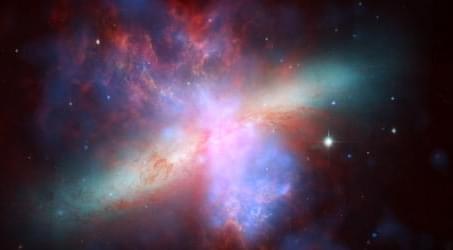
Higgs Lecture 2025: The quantum black hole with (almost) no equations
The quantum black hole with (almost) no equations by Professor Gerard ‘t Hooft.
How to reconcile Einstein’s theory of General Relativity with Quantum Mechanics is a notorious problem. Special relativity, on the other hand, was united completely with quantum mechanics when the Standard Model, including Higgs mechanism, was formulated as a relativistic quantum field theory.
Since Stephen Hawking shed new light on quantum mechanical effects in black holes, it was hoped that black holes may be used to obtain a more complete picture of Nature’s laws in that domain, but he arrived at claims that are difficult to use in this respect. Was he right? What happens with information sent into a black hole?
The discussion is not over; in this lecture it is shown that a mild conical singularity at the black hole horizon may be inevitable, while it doubles the temperature of quantum radiation emitted by a black hole, we illustrate the situation with only few equations.
About the Higgs Lecture.
The Faculty of Natural, Mathematical & Engineering Sciences is delighted to present the Annual Higgs Lecture. The inaugural Annual Higgs Lecture was delivered in December 2012 by its name bearer, Professor Peter Higgs, who returned to King’s after graduating in 1950 with a first-class honours degree in Physics, and who famously predicted the Higgs Boson particle.
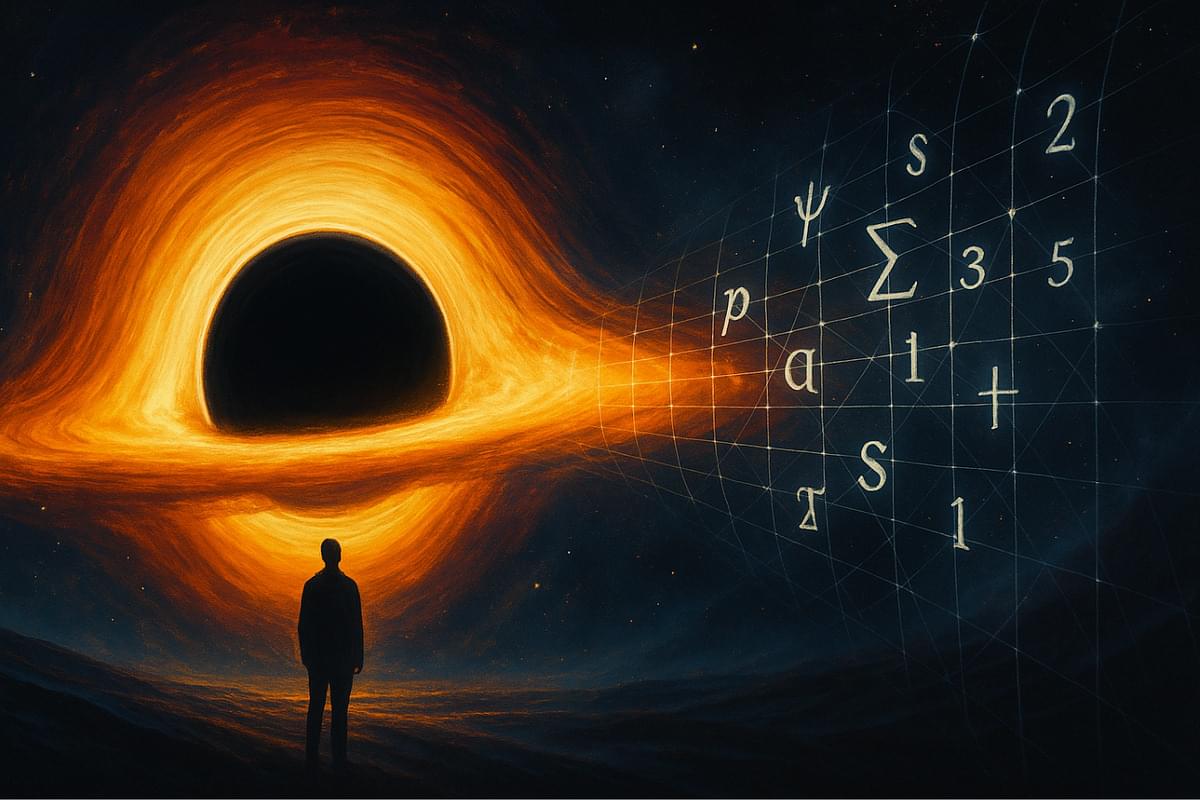
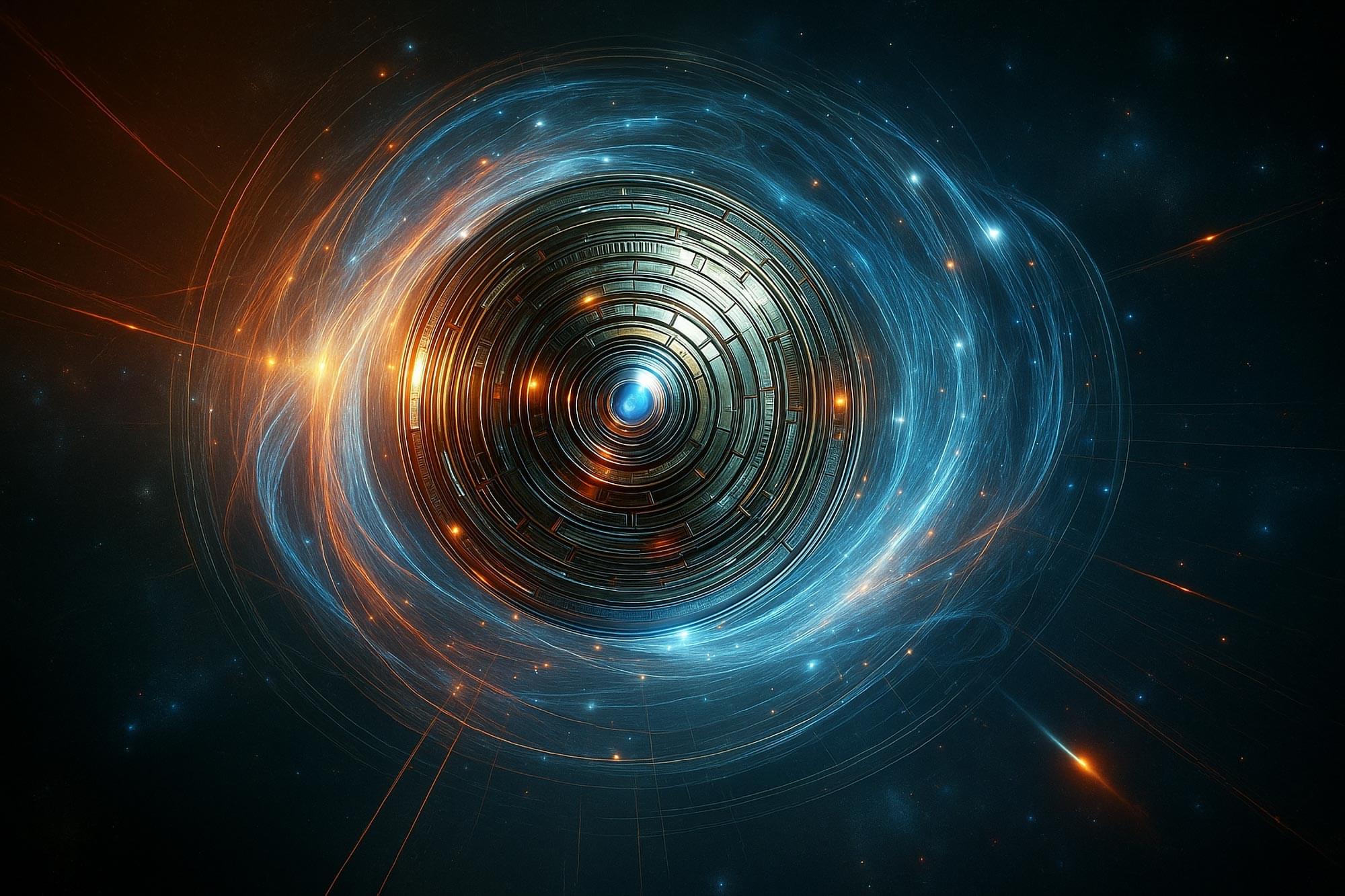
Gravity-Defying Breakthrough: Floating Sensor Unmasks Dark Energy’s Secrets
Scientists have made a groundbreaking leap in detecting dark energy by developing a magnetically levitated precision force system.
Their experiments vastly surpassed previous methods, reaching a new level of precision that opens up unexplored realms of dark energy research. The work was so impactful it earned a featured highlight in Nature Astronomy.
Breakthrough in Dark Energy Detection.
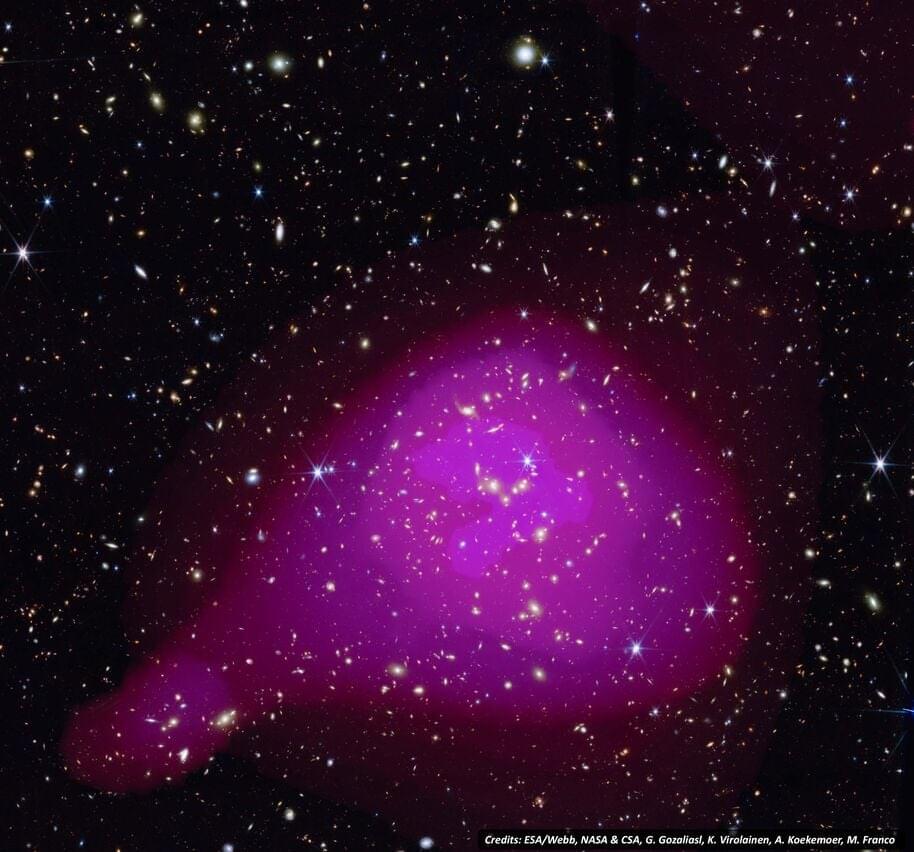
JWST Completes a Huge Survey of the Earliest Galaxies
This extensive catalog spanning 11 billion years of cosmic history allows scientists to compare ancient galaxy structures with more recent ones, revealing evolutionary patterns in galaxy groups and their brightest central galaxies. The observations show a dramatic transformation: distant galaxies from the early universe appear irregular with active star formation, while those closer to our time have “quenched” star formation and developed more organised elliptical or spiral structures.
This groundbreaking JWST survey marks the beginning of a new era in understanding galactic evolution. With 1,700 galaxy groups identified across nearly the entire history of our universe, astronomers now have an unprecedented roadmap for further investigation. Future studies will explore the physics driving these transformations—from dark matter’s role in structural formation to how supermassive black holes influence their host galaxies. As researchers analyze this rich data, we can expect significant revisions to existing theories about galaxy formation and evolution.
